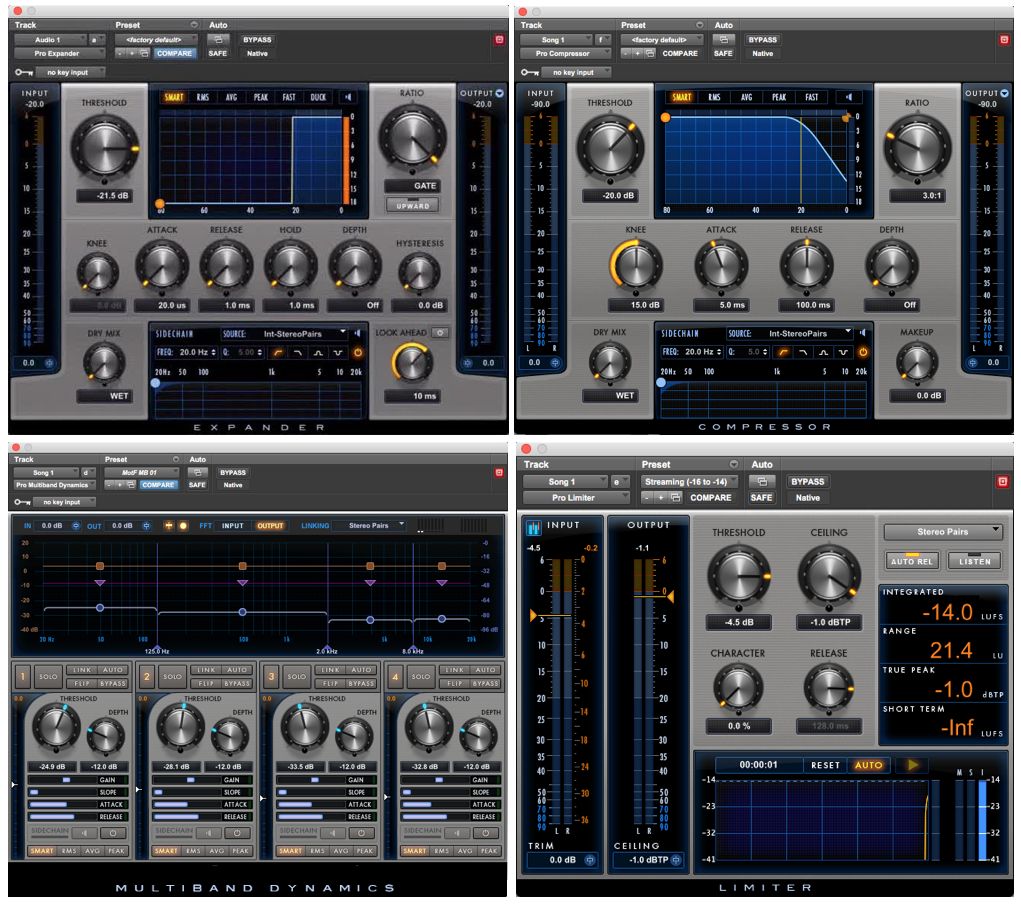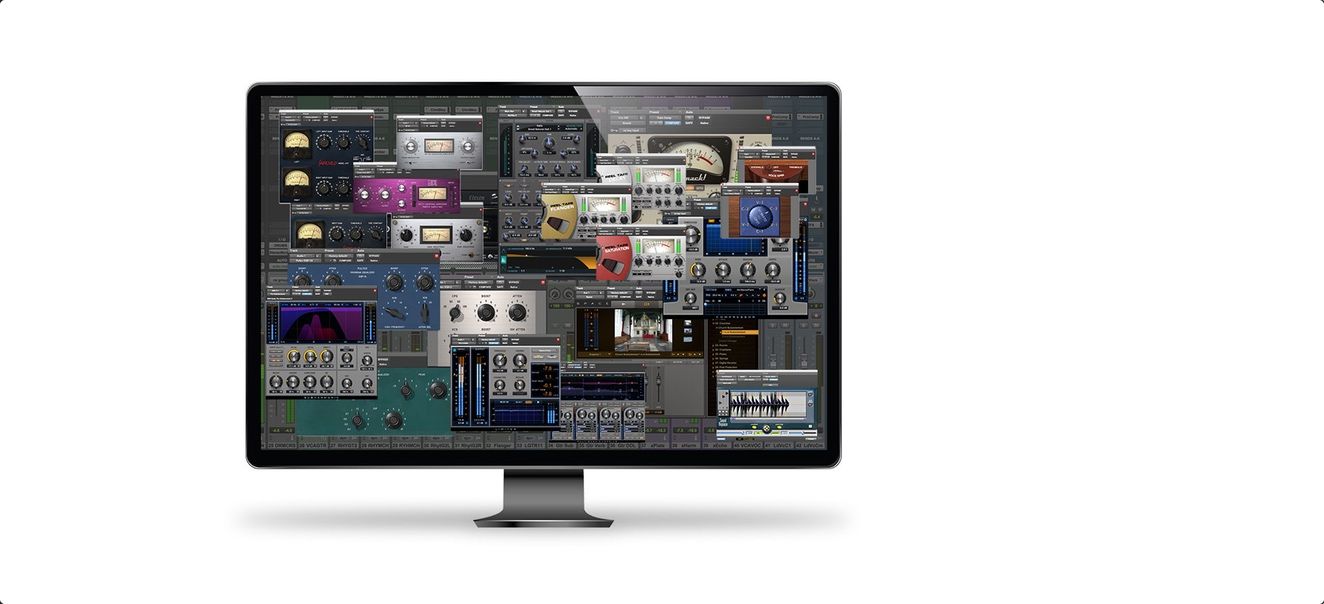
Most mastering engineers will employ a number of meters for measuring the loudness, including dedicated peak and RMS meters, over-sampling meters, VU meters and dynamics meters, which measure the peak-to-RMS ratio. If the RMS is matched and your mix still doesn’t sound as loud, then it is likely that the master isn’t well balanced across the frequency spectrum and an EQ or multi-band compressor can help to bring it back under control. Support plan and all upgrades for 12 months, Up to 64 inputs and outputs simultaneously, 256 Audio tracks as well as 512 MIDI, instrument and.
#METERING WITH AVID PRO LIMITER PRO#
RMS matching isn’t perfect, but if your frequency spectrum is well balanced, and the vocal is mixed into the track at a similar level this should be enough. Audio MIDI Sequencer (DAW) (Download) Latest Pro Tools Ultimate version, Annual subscription incl. You can, of course, keep the peaks below 0dB with a limiter, and many mastering engineers prefer to set the limiter to -1dB to leave a little headroom in the final master for any conversion processes further down the line, such as the inevitable conversion to mp3.

The peak level is an indication of where the transients are reaching and must be kept below 0dB or you risk digital clipping distortion spoiling your master. To get your tracks to sound similar in level to professionally mastered material, try to match the RMS levels. Pro Limiter supports 44.1 kHz, 48 kHz, 88. Pro Limiter provides brick-wall limit-ing and metering designed to prevent output clip-ping and distortion, without necessarily coloring the sound. The RMS is the average loudness of the master, and so it is this figure which gives you an idea of how your master will compare to others when played side-by-side. Avid Pro Limiter is an AAX format plug-in (DSP, Native, and AudioSuite) that provides true peak limiting.

The two key figures to pay attention to when getting the level right are the Peak level and the RMS, the difference between these two being an approximation of the amount of dynamic left in the master. With four brand-new limiting algorithms, a new true peak limiting mode, extensive standards-compliant loudness metering, surround support (up to Dolby Atmos 7.1. While the simplest way to turn up a master is to use a brickwall limiter at the end of the chain, more careful use of EQ, compression and even harmonic excitation can produce level boosts, and will often do so without squashing dynamics. Finding the right level for your masters isn’t simply a case of adding a limiter and squashing it until there are no dynamics left, but about finding the right balance between dynamics and loudness, comparing the track with others on the album/EP you are working on and others in a similar genre. This month, we’re using the track Foreign Waters – the title track from the Foreign Waters EP by Emily Mae Winters, mixed by Ben Walker Find out more about Emily Mae Winters at With EQ, compression and any other processing done, the final signal processing to be applied to the audio in mastering is loudness and level control.


 0 kommentar(er)
0 kommentar(er)
